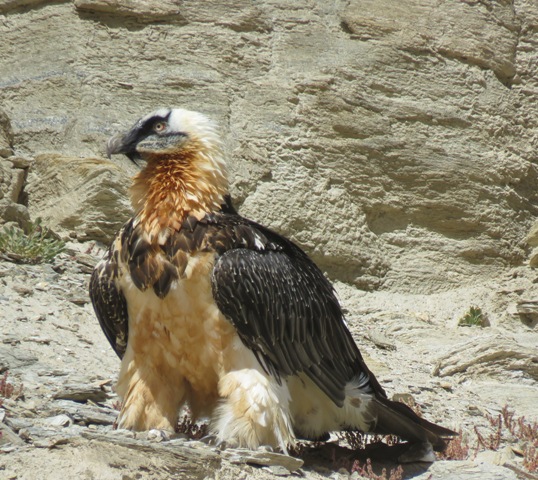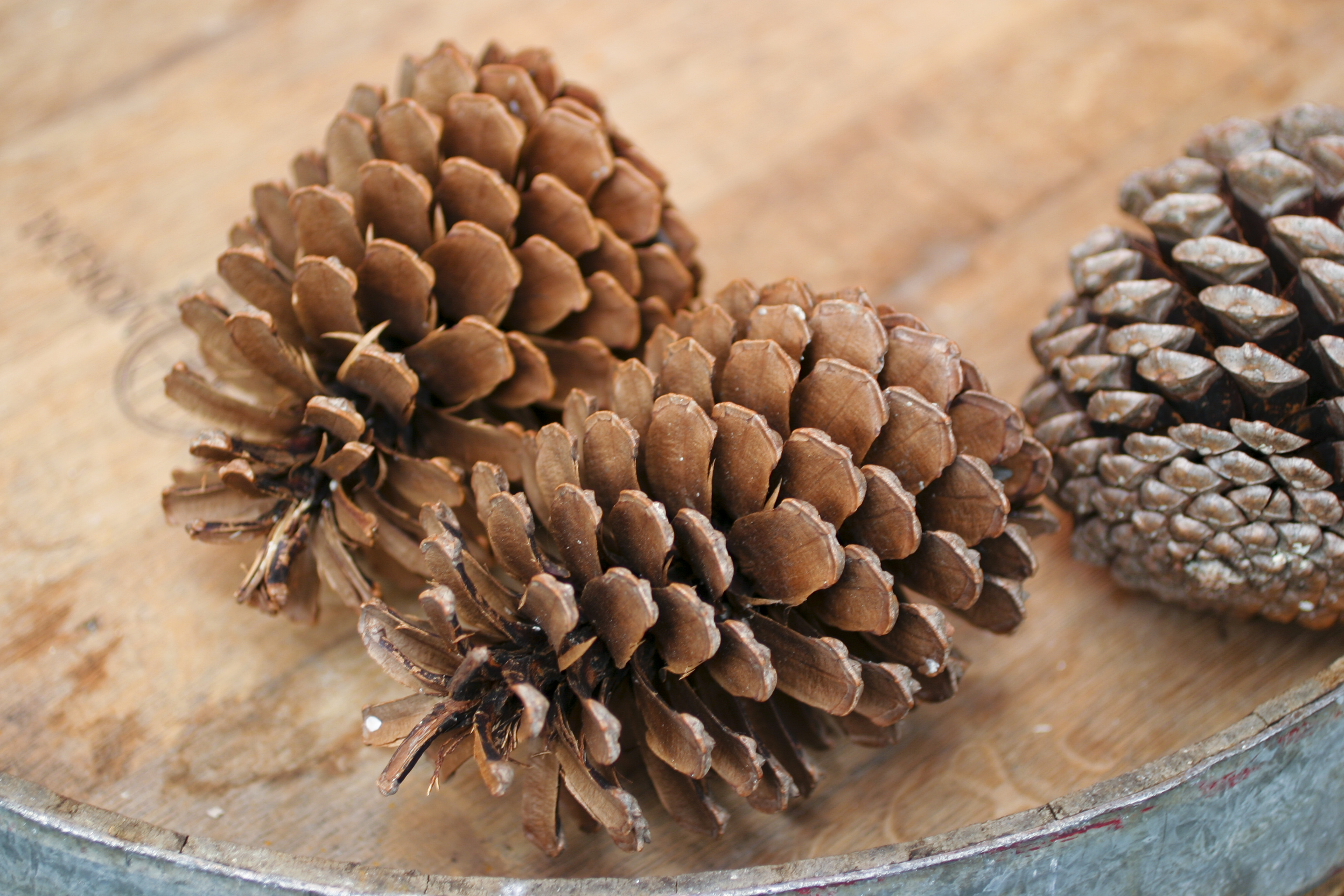|
Tartagine
The Tartagine (french: Rivière de Tartagine) is a river in the department of Haute-Corse, Corsica, France. It flows through the Monte Cinto massif. It is a tributary of the Asco, which in turn is a tributary of the Golo. Course The Tartagine is long. It crosses the communes of Canavaggia, Castifao, Mausoléo, Moltifao, Olmi-Cappella and Vallica. The Tartagine rises to the east of the Monte Corona in the commune of Olmi-Cappella. It is known as the Ruisseau de Balaninu in its upper section above the Fontaine de Targtagine. The river flows northeast through the ''Forêt de Tartagine-Melaja'' to the south of the village of Mausoléo, then east to the village of Piana north of Castifao, then southeast to its confluence with the Asco to the north of Ponte Leccia. The Asco in turn joins the Golo soon after. Downstream from Piana the Tartagine is followed by the D247 road and then the T30 road. Environment The ''Forêt de Tartagine'' (Tartagine Forest) is dominated by mariti ... [...More Info...] [...Related Items...] OR: [Wikipedia] [Google] [Baidu] |
Asco (river)
The Asco ( co, Ascu) is a small river in the department of Haute-Corse, Corsica, France. It is a tributary of the Golo. The river rises in the Monte Cinto massif among some of the highest mountains of Corsica, passes a ski resort and the old village of Asco and cuts through a dramatic gorge before joining the Golo. Course The Asco is long. It crosses the communes of Asco, Canavaggia, Moltifao and Morosaglia. It rises at an elevation of . The source is to the southeast of the Monte Cinto. The Asco flows northwest, then north past the Haut-Asco resort, then runs northeast to the village of Asco, east-northeast to the south of the village of Molifao, then east to a point just north of Ponte Leccia, where it joins the Golo. Its mouth is at an elevation of . The Tartagine river joins the Asco about above the confluence of the Asco with the Golo. The D147 follows the river from Haut-Asco to Moltifao, then the D47 follows it to Ponte Leccia. The D147 is a narrow, steep and w ... [...More Info...] [...Related Items...] OR: [Wikipedia] [Google] [Baidu] |
Monte Cinto Massif
The Monte Cinto massif is one of the main massifs in the island of Corsica, France, taking its name from the highest mountain in Corsica, Monte Cinto. It is the northernmost and highest of the four massifs that form the spine of the island. The massif is mostly in the Haute-Corse department, but the southwest of the massif is in the Corse-du-Sud department. Setting The island of Corsica essentially consists of a long chain of mountains divided into four massifs. From north to south these are the massifs of Monte Cinto, Monte Rotondo, Monte Renoso and Monte Incudine. The Monte Cinto massif is the highest at of elevation, followed by the massifs of Monte Rotondo, Monte Renoso and Monte Incudine. The main peaks are Monte Cinto, Punta Minuta, Paglia Orba, Monte Padro, Monte Traunato, Monte Corona, Capu a u Ceppu and Monte Grosso. The massif is bounded by the Forêt de Bonifatu and Forêt de Tartagine Melaja to the north, the Forêt de Pineto to the east and the Forêt de Valdu ... [...More Info...] [...Related Items...] OR: [Wikipedia] [Google] [Baidu] |
Castifao
Castifao (; co, Castifau) is a commune in the Haute-Corse department of France on the island of Corsica. Population See also *Communes of the Haute-Corse department The following is a list of the 236 communes of the Haute-Corse department of France. The communes cooperate in the following intercommunalities (as of 2020):Communes of Haute-Corse Haute-Corse communes articles needing translation from French Wikipedia {{HauteCorse-geo-stub ... [...More Info...] [...Related Items...] OR: [Wikipedia] [Google] [Baidu] |
Ponte Leccia
Ponte Leccia (; or Ponte-Leccia) is a French village, part of the municipality (''commune'') of Morosaglia, in the department of Haute-Corse, Corsica. Its name in Corsican language is U Ponte à a Leccia. Geography Situated at the confluence between Asco and Golo rivers, it lies few km in the east of Morosaglia and is far from Corte, 46 from Bastia, 60 from Calvi and 100 from Ajaccio. Transport Ponte Leccia has a railway station on the CFC line Ajaccio-Bastia, on the junction point with the line to Calvi. It is crossed by the national roads National may refer to: Common uses * Nation or country ** Nationality – a ''national'' is a person who is subject to a nation, regardless of whether the person has full rights as a citizen Places in the United States * National, Maryland, ce ... N193 and N197. It has been used as a special stage in the Tour de Corse. Gallery File:Pont de Ponte Leccia.jpg, The "Genoese Bridge" File:Ponte-Leccia gare aout 1994-a.jpg, Railway s ... [...More Info...] [...Related Items...] OR: [Wikipedia] [Google] [Baidu] |
Genoa
Genoa ( ; it, Genova ; lij, Zêna ). is the capital of the Regions of Italy, Italian region of Liguria and the List of cities in Italy, sixth-largest city in Italy. In 2015, 594,733 people lived within the city's administrative limits. As of the 2011 Italian census, the Province of Genoa, which in 2015 became the Metropolitan City of Genoa, had 855,834 resident persons. Over 1.5 million people live in the wider metropolitan area stretching along the Italian Riviera. On the Gulf of Genoa in the Ligurian Sea, Genoa has historically been one of the most important ports on the Mediterranean Sea, Mediterranean: it is currently the busiest in Italy and in the Mediterranean Sea and twelfth-busiest in the European Union. Genoa was the capital of Republic of Genoa, one of the most powerful maritime republics for over seven centuries, from the 11th century to 1797. Particularly from the 12th century to the 15th century, the city played a leading role in the commercial trade in Euro ... [...More Info...] [...Related Items...] OR: [Wikipedia] [Google] [Baidu] |
Mouflon
The mouflon (''Ovis gmelini'') is a wild sheep native to Cyprus, the Caspian region from eastern Turkey, Armenia, Azerbaijan, and Iran. It is thought to be the ancestor of all modern domestic sheep breeds. Taxonomy ''Ovis gmelini'' was the scientific name proposed by Edward Blyth in 1841 for wild sheep in the Middle East. In the 19th and 20th centuries, several wild sheep were described that are considered mouflon subspecies today: * ''Ovis ophion'' by Blyth in 1841 for wild sheep in Cyprus; * ''Ovis laristanica'' by Nikolai Nasonov in 1909 for wild sheep in Lar in southern Iran; * ''Ovis orientalis isphahanica'' by Nasonov in 1910 for wild sheep in the Zagros Mountains. Subspecies Five mouflon subspecies of are distinguished by MSW3: * Armenian mouflon (Armenian red sheep), ''O. g. gmelini'' : nominate subspecies; native to northwestern Iran, Armenia, and Azerbaijan. It has been introduced to Texas in the U.S. * Esfahan mouflon, ''O. g. isphahanica'' : Zagros Mountains ... [...More Info...] [...Related Items...] OR: [Wikipedia] [Google] [Baidu] |
Bearded Vulture
The bearded vulture (''Gypaetus barbatus''), also known as the lammergeier and ossifrage, is a very large bird of prey and the only member of the genus ''Gypaetus''. Traditionally considered an Old World vulture, it actually forms a separate minor lineage of Accipitridae together with the Egyptian vulture (''Neophron percnopterus''), its closest living relative. It is not much more closely related to the Old World vultures proper than to, for example, hawks, and differs from the former by its feathered neck. Although dissimilar, the Egyptian and bearded vulture each have a lozenge-shaped tail—unusual among birds of prey. The bearded vulture population is thought to be in decline; in 2004, it was classified on the IUCN Red List as least concern but has been listed as near threatened since 2014. It lives and breeds on crags in high mountains in southern Europe, East Africa, the Indian subcontinent, Tibet, and the Caucasus. Females lay one or two eggs in mid-winter that ha ... [...More Info...] [...Related Items...] OR: [Wikipedia] [Google] [Baidu] |
Golden Eagle
The golden eagle (''Aquila chrysaetos'') is a bird of prey living in the Northern Hemisphere. It is the most widely distributed species of eagle. Like all eagles, it belongs to the family Accipitridae. They are one of the best-known birds of prey in the Northern Hemisphere. These birds are dark brown, with lighter golden-brown plumage on their napes. Immature eagles of this species typically have white on the tail and often have white markings on the wings. Golden eagles use their agility and speed combined with powerful feet and large, sharp talons to hunt a variety of prey, mainly hares, rabbits, and marmots and other ground squirrels. Golden eagles maintain home ranges or territories that may be as large as . They build large nests in cliffs and other high places to which they may return for several breeding years. Most breeding activities take place in the spring; they are monogamous and may remain together for several years or possibly for life. Females lay up to ... [...More Info...] [...Related Items...] OR: [Wikipedia] [Google] [Baidu] |
Pinus Nigra
''Pinus nigra'', the Austrian pine or black pine, is a moderately variable species of pine, occurring across Southern Europe from the Iberian Peninsula to the eastern Mediterranean, on the Anatolian peninsula of Turkey, Corsica and Cyprus, as well as Crimea and in the high mountains of Northwest Africa. Description ''Pinus nigra'' is a large coniferous evergreen tree, growing to high at maturity and spreading to wide. The bark is gray to yellow-brown, and is widely split by flaking fissures into scaly plates, becoming increasingly fissured with age. The leaves ('needles') are thinner and more flexible in western populations. The ovulate and pollen cones appear from May to June. The mature seed cones are (rarely to 11 cm) long, with rounded scales; they ripen from green to pale gray-buff or yellow-buff in September to November, about 18 months after pollination. The seeds are dark gray, long, with a yellow-buff wing long; they are wind-dispersed when the cones open from ... [...More Info...] [...Related Items...] OR: [Wikipedia] [Google] [Baidu] |
Pinus Pinaster
''Pinus pinaster'', the maritime pine or cluster pine, is a pine native to the south Atlantic Europe region and parts of the western Mediterranean. It is a hard, fast growing pine bearing small seeds with large wings. Description ''Pinus pinaster'' is a medium-size tree, reaching tall with a trunk diameter of up to , exceptionally . The bark is orange-red, thick, and deeply fissured at the base of the trunk, somewhat thinner in the upper crown. The leaves ('needles') are in pairs, very stout ( broad), up to long, and bluish-green to distinctly yellowish-green. The maritime pine features the longest and most robust needles of all European pine species. The cones are conic, long and broad at the base when closed, green at first, ripening glossy red-brown when 24 months old. They open slowly over the next few years, or after being heated by a forest fire, to release the seeds, opening to broad. The seeds are long, with a wing, and are wind- dispersed. Similar specie ... [...More Info...] [...Related Items...] OR: [Wikipedia] [Google] [Baidu] |
Olmi-Cappella
Olmi-Cappella (; co, Olmi è Cappella) is a commune in the Haute-Corse department of France on the island of Corsica. Population See also *Communes of the Haute-Corse department The following is a list of the 236 Communes of France, communes of the Haute-Corse Departments of France, department of France. The communes cooperate in the following Communes of France#Intercommunality, intercommunalities (as of 2020): References Communes of Haute-Corse Haute-Corse communes articles needing translation from French Wikipedia {{HauteCorse-geo-stub ...[...More Info...] [...Related Items...] OR: [Wikipedia] [Google] [Baidu] |





